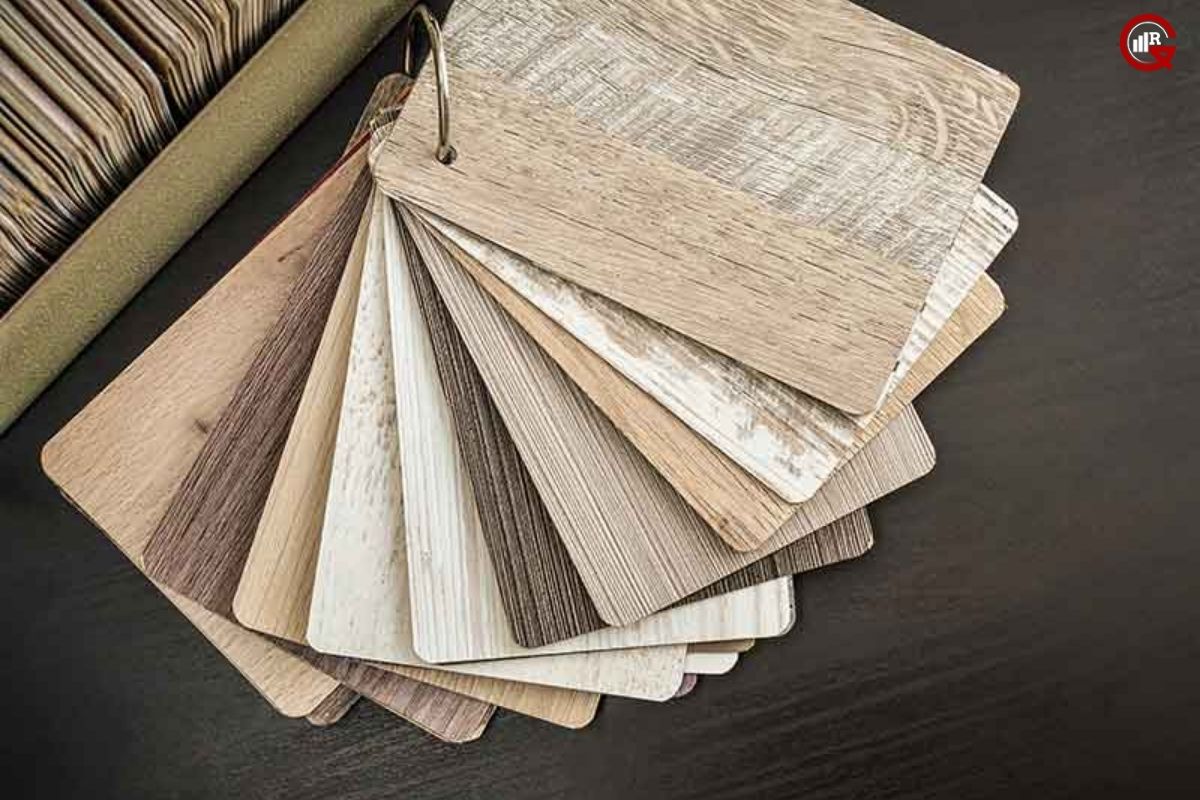(Source – LinkedIn)
Natural fiber composites (NFCs) are emerging as a sustainable alternative to traditional composite materials. By combining natural fibers with a polymer matrix, NFCs offer a range of benefits including environmental friendliness, cost-effectiveness, and impressive mechanical properties. This article explores the various aspects of natural fiber composites, including their types, benefits, applications, challenges, and future trends.
Types of Natural Fibers Used in Composites
Natural fibers used in composites are derived from various sources, including plants, animals, and minerals. Each type of fiber brings unique properties to the composite material.
Plant Fibers: These are the most commonly used natural fibers in composites and include flax, jute, hemp, kenaf, sisal, and bamboo. Plant fibers are preferred for their high strength-to-weight ratio, biodegradability, and availability. Flax and jute, for instance, are popular in automotive and construction applications due to their mechanical properties and sustainability.
Animal Fibers: Wool and silk are the primary animal fibers used in composites. These fibers are known for their excellent elasticity, resilience, and biodegradability. While not as widely used as plant fibers, they are employed in specialized applications where their unique properties are advantageous.
Mineral Fibers: Basalt fiber is an example of a mineral fiber used in composites. It is derived from volcanic rock and offers high thermal stability, chemical resistance, and mechanical strength. Basalt fiber composites are used in high-performance applications such as aerospace and military equipment.
Benefits of Natural Fiber Composites

NFC offers several advantages over traditional materials, making them an attractive choice for various industries.
Environmental Sustainability: NFCs are more environmentally friendly than synthetic composites like fiberglass and carbon fiber. The production of natural fibers requires less energy and emits fewer greenhouse gases. Additionally, natural fibers are biodegradable, reducing the environmental impact at the end of the product lifecycle.
Lightweight: Natural fibers have a lower density compared to synthetic fibers, resulting in lighter composite materials. This is particularly beneficial in industries such as automotive and aerospace, where weight reduction leads to improved fuel efficiency and reduced emissions.
Cost-Effectiveness: Natural fibers are generally less expensive than synthetic fibers. They are sourced from renewable resources, which are often abundant and readily available. The lower material costs can lead to significant savings in manufacturing.
Mechanical Properties: Many natural fibers exhibit excellent mechanical properties, such as high tensile strength and stiffness. When combined with a suitable polymer matrix, NFCs can achieve comparable or even superior performance to traditional composites in certain applications.
Thermal and Acoustic Insulation: Natural fibers have good thermal and acoustic insulating properties. This makes NFCs suitable for use in building materials, automotive interiors, and other applications where insulation is important.
Applications of Natural Fiber Composites
NFCs are finding increasing use in a variety of industries, thanks to their unique properties and benefits.
Automotive Industry: NFCs are used in the production of interior and exterior automotive parts, such as door panels, dashboards, and bumpers. The lightweight nature of NFCs contributes to improved fuel efficiency and reduced emissions. Additionally, their biodegradability and sustainability align with the automotive industry’s push towards greener materials.
Construction and Building Materials: In the construction industry, NFCs are used in products like decking, roofing, insulation, and concrete reinforcement. Their durability, thermal insulation properties, and resistance to moisture and pests make them an excellent choice for building materials.
Aerospace and Defense: While traditionally dominated by high-performance synthetic composites, the aerospace and defense sectors are exploring the use of NFCs for certain applications. Basalt fiber composites, in particular, are gaining attention for their thermal stability and mechanical strength.

Sports and Leisure: Natural fiber composites are used in the manufacture of sporting goods such as bicycles, tennis rackets, and surfboards. Their lightweight and high strength make them ideal for performance equipment where both durability and weight are critical.
Consumer Goods: NFCs are also used in everyday consumer products like furniture, packaging, and electronics casings. The aesthetic appeal of natural fibers, combined with their environmental benefits, makes them attractive for sustainable product design.
Challenges in Natural Fiber Composites
Despite their numerous advantages, natural fiber composites face several challenges that need to be addressed to fully realize their potential.
Variability in Properties: Natural fibers can exhibit significant variability in their mechanical properties due to differences in growing conditions, harvesting methods, and processing techniques. This inconsistency can affect the performance and reliability of NFCs.
Moisture Absorption: Natural fibers tend to absorb moisture, which can lead to swelling, reduced mechanical properties, and degradation over time. Effective treatments and coatings are required to improve moisture resistance.
Compatibility with Polymer Matrices: Achieving good adhesion between natural fibers and polymer matrices can be challenging. Poor interfacial bonding can result in weak composites with suboptimal mechanical properties. Surface treatments and coupling agents are often used to enhance fiber-matrix compatibility.
Processing Techniques: The processing of natural fiber composites can be more complex than that of synthetic composites. Factors such as fiber orientation, length, and dispersion need to be carefully controlled to achieve uniform and high-quality composites.
Long-Term Durability: Ensuring the long-term durability and stability of NFCs under various environmental conditions is essential for their widespread adoption. Research and development are ongoing to improve the performance and lifespan of these materials.
Future Trends in Natural Fiber Composites
The future of natural fiber composites looks promising, with ongoing research and innovation driving the development of new materials and applications.
Advanced Treatments and Modifications: Research is focused on developing advanced treatments and surface modifications to enhance the properties of natural fibers. This includes improving moisture resistance, mechanical strength, and compatibility with polymer matrices.
Hybrid Composites: Combining natural fibers with synthetic fibers or other natural fibers can create hybrid composites with tailored properties. This approach allows for the optimization of mechanical performance, cost, and sustainability.
Bio-Based Matrices: The development of bio-based polymer matrices that are derived from renewable resources is gaining traction. These matrices, when combined with natural fibers, result in fully sustainable composites with minimal environmental impact.
Recycling and Reusability: Innovations in recycling techniques are being explored to make NFCs more sustainable. Efficient recycling processes can help reclaim fibers and matrices, reducing waste and promoting a circular economy.

New Applications: As the properties and performance of NFCs improve, new applications are emerging. These include medical devices, wearable technology, and renewable energy components such as wind turbine blades.
In conclusion, natural fiber composites offer a sustainable and versatile alternative to traditional composite materials. Their environmental benefits, combined with their mechanical properties and cost-effectiveness, make them an attractive choice for a wide range of applications. While challenges remain, ongoing research and innovation are paving the way for the broader adoption of NFCs in various industries. By addressing these challenges and leveraging future trends, natural fiber composites have the potential to play a significant role in the development of sustainable materials for the future.






